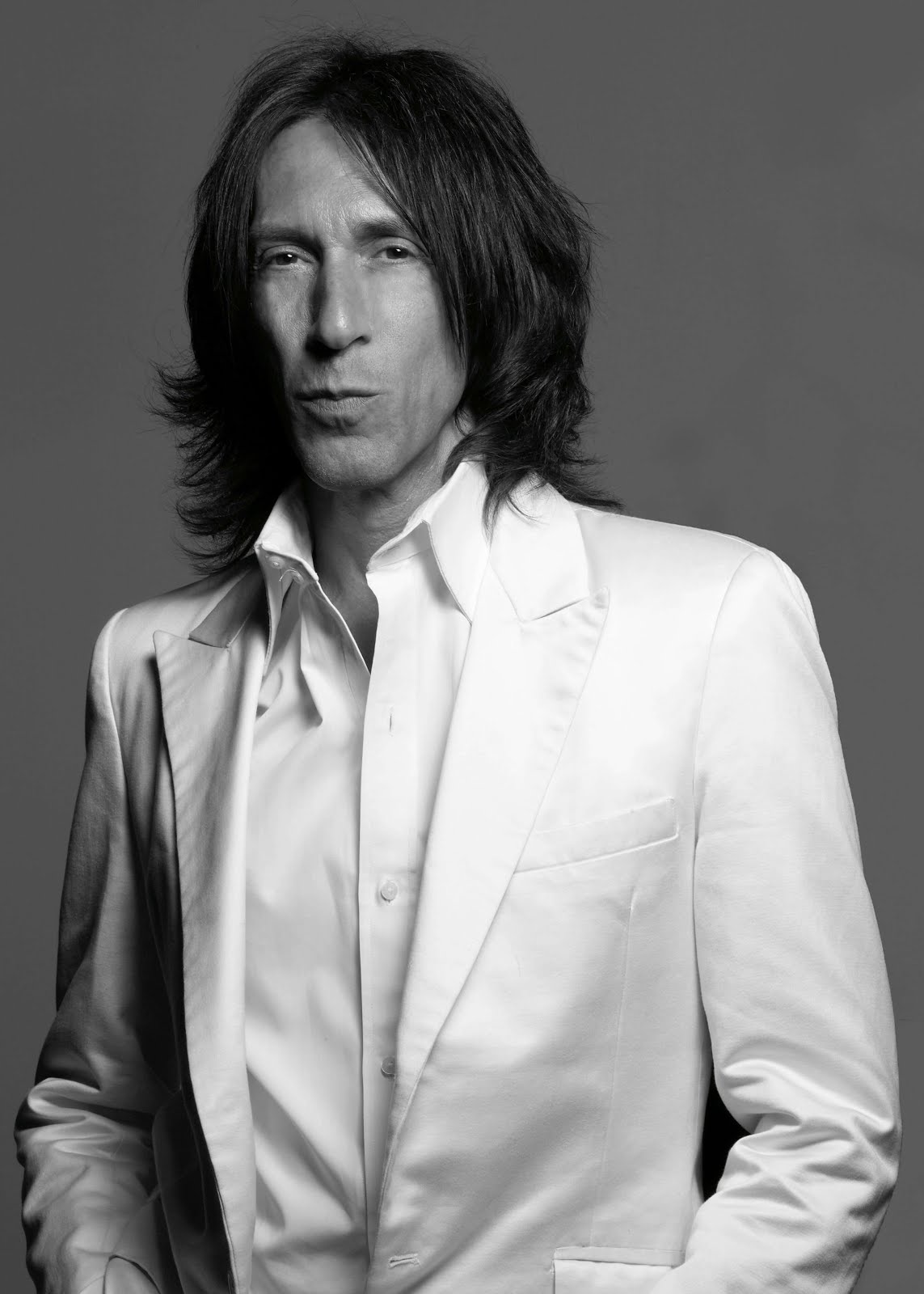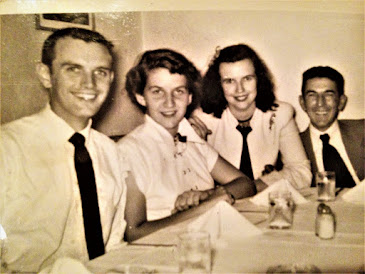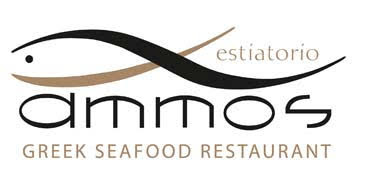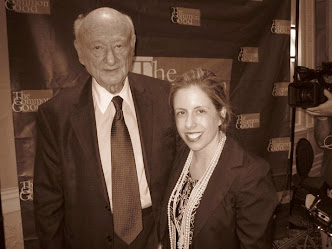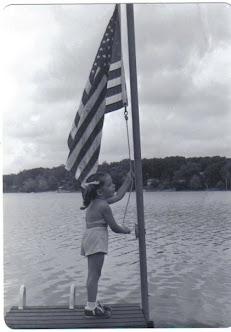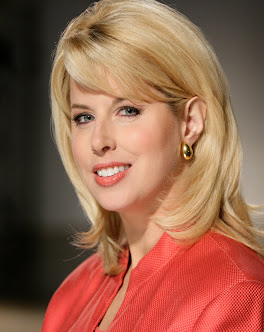Eight Paintings by Leading Aboriginal Artists Enhance The Met's Contemporary Art Holdings through Promised Gift from Robert Kaplan and Margaret Levi Our Coverage Sponsored by Maine Woolens
Maine Woolens is a weaver of blanket and throws located in Brunswick, Maine. We work primarily with natural fibers, like cottons and worsted wools and are committed to using renewable natural fibers from American growers whenever possible. We do piece dyeing and package dyeing in house and the combined experience of our excellent employees exceeds 300 years. Our wool and cotton blankets and throws are 100 percent machine washable, soft and luxurious to the touch, cozy warm and comfortably light. We have many styles to choose from. Our clients are very positive about our products and happy to support a Made in Maine, USA company. Jo Miller is a Mover and Shaker:http://www.whomyouknow.com/2013/05/movers-and-shakers-jo-miller-president.html
Visit our website at www.mainewoolens.com
We have been highly recommended by Whom You Know: http://www.whomyouknow.com/2012/03/keeping-america-on-top-whom-you-know_07.html
Maine Woolens, affordable luxury and tradition.
***
The Metropolitan Museum of Art announced a promised gift from the collection of Robert Kaplan and Margaret Levi of eight paintings by contemporary Aboriginal artists from Australia. These abstract works, dating from 1991 to 2011, will be integrated into the holdings of the Department of Modern and Contemporary Art. Based in Seattle, Robert Kaplan and Margaret Levi have been studying and collecting Aboriginal art together since 1991. They have traveled extensively across the Australian continent developing personal relationships with the artists and communities whose work they collect. Through their long-term interest and engagement with Aboriginal art and culture, Kaplan and Levi have helped bring this extraordinary material to the attention of audiences in North America and beyond.
Thomas P. Campbell, Director and CEO of The Metropolitan Museum of Art, noted: "We are deeply grateful to Margaret Kaplan and Robert Levi for their generous donation of this promised gift, which introduces a dynamic new dimension to The Met's global representation of contemporary art."
Sheena Wagstaff, Leonard A. Lauder Chairman of the Department of Modern and Contemporary Art, added, "The acquisition of these works by leading contemporary Australian Aboriginal artists into the Met's holdings advances the Met's mission to be international in scope, while also drawing upon the interdepartmental expertise and shared interest of the departments of Modern and Contemporary Art and the Arts of Africa, Oceania, and the Americas."
The gift includes works by artists Kathleen Petyarre, Doreen Reid Nakamarra, Dorothy Napangardi, Ena Gimme Nungurrayi, Lena Nyadbi, Abie Loy Kemarre and Gunybi Ganambarr.
About the Works
Doreen Reid Nakamarra (born Warburton ca. 1955- 2009), Marrapinti, 2008. The acrylic painting tradition at Papunya which began in the early 1970s was the genesis of the contemporary Aboriginal painting movement and its styles and aesthetics have continually evolved, especially through work by leading artists such as Doreen Reid Nakamarra. This painting Marrapinti (2008) represents an important and powerful expression of the state of Papunya painting in the early 21st century. The artist has devoted much of her work to the Marrapinti rock-hole, a significant site where a group of mythological ancestral women camped during their travels across the land.
Dorothy Napangardi (born Yuendumu, ca. 1950- 2013), Karntakurlangu Jukurrpa, 2002. Dorothy Napangardi enrolled in the Institute for Aboriginal Development in Papunya in 1990 and learned to use western painting materials to create intricate, brilliantly colored representations of bush vegetation. Karntakurlangu Jukurrpa (2002) exemplifies her highly original and experimental mature work when she moved from more representational imagery to abstract compositions in a reduced palette.
Ena Gimme Nungurrayi (born Balgo, ca. 1953-1992), Martuwarra (The artist's mother country), 1991. This canvas, entitled Martuwarra (1991), relates to the traditional forms of the women painters of Balgo in the Great Sandy Desert and is a particularly accomplished example of Ena Gimme Nungurrayi's harmonious use of vivid colors, freeform expression and highly impastoed texture. The title of this painting refers to the artist's mother's country and the circular central desert motifs focus on two specific waterholes from that homeland.
Kathleen Petyarre (born Utopia, ca. 1940), Mountain Devil Lizard Dreaming-Sandhill Country (after Hailstorm), 2000; Sandhills in Atnangkere Country, 1999. Kathleen Petyarre began painting on canvas in the late 1980s and is known for her extremely refined layering technique which incorporates an intricate dotting method. In her 2002 painting Mountain Devil Lizard Dreaming-Sand-hill Country (after Hailstorm), she focused on an ancestral being in the form of a small, spike-covered lizard, the Mountain Devil Lizard or Arnkerrth. Another work by the artist included in the gift is Sandhills in Atnangkere Country (1999) which affords the viewer an equally unique and intimate engagement with landscape and perspective.
Abie Loy Kemarre (born Utopia, ca. 1972), Bush Hen Dreaming - Bush Leaves, 2003. Abie Loy Kemarre is the granddaughter of Kathleen Petyarre. She has built a distinguished body of work around the tiny bush leaf motif and 'Bush Hen Dreaming' theme which was originally passed on to her by her grandfather. Abie Loy Kemarre's striking and innovative interpretations of customary Dreaming stories have established her as a leading artist in the new generation of Utopia painters.
Lena Nyadbi (born Warmun, ca. 1936), Jimbala, 2003. Lena Nyadbi from the Warmun community in the Kimberley region of Western Australia uses locally mined natural ochres and pigments to create her rich yet restrained compositions. The Warmun Art Movement emerged in the 1970's and Lena learned painting techniques by assisting a number of leading artists until the Warmun Art Center opened in 1998 when she began painting full-time. She has since gained wide recognition both nationally and internationally for her highly original compositions.
Gunybi Ganambarr (born Yirrkala, 1973), Buyku, 2011. Gunybi Ganambarr is a prominent and accomplished bark painter, who has extended his highly innovative practice to incorporate diverse materials which allow him to express original and unique forms without violating customary rules. He manipulates the bark medium in surprising ways, carving holes into it or forming it into unique shapes. His six-foot painting Buyku(2011) was executed on industrial laminate board. The central motif is a large truncated circle, a common motif in the artist's work, which is surrounded by a complex system of patterns made up of incised and painted fine diamond and triangular shapes.








